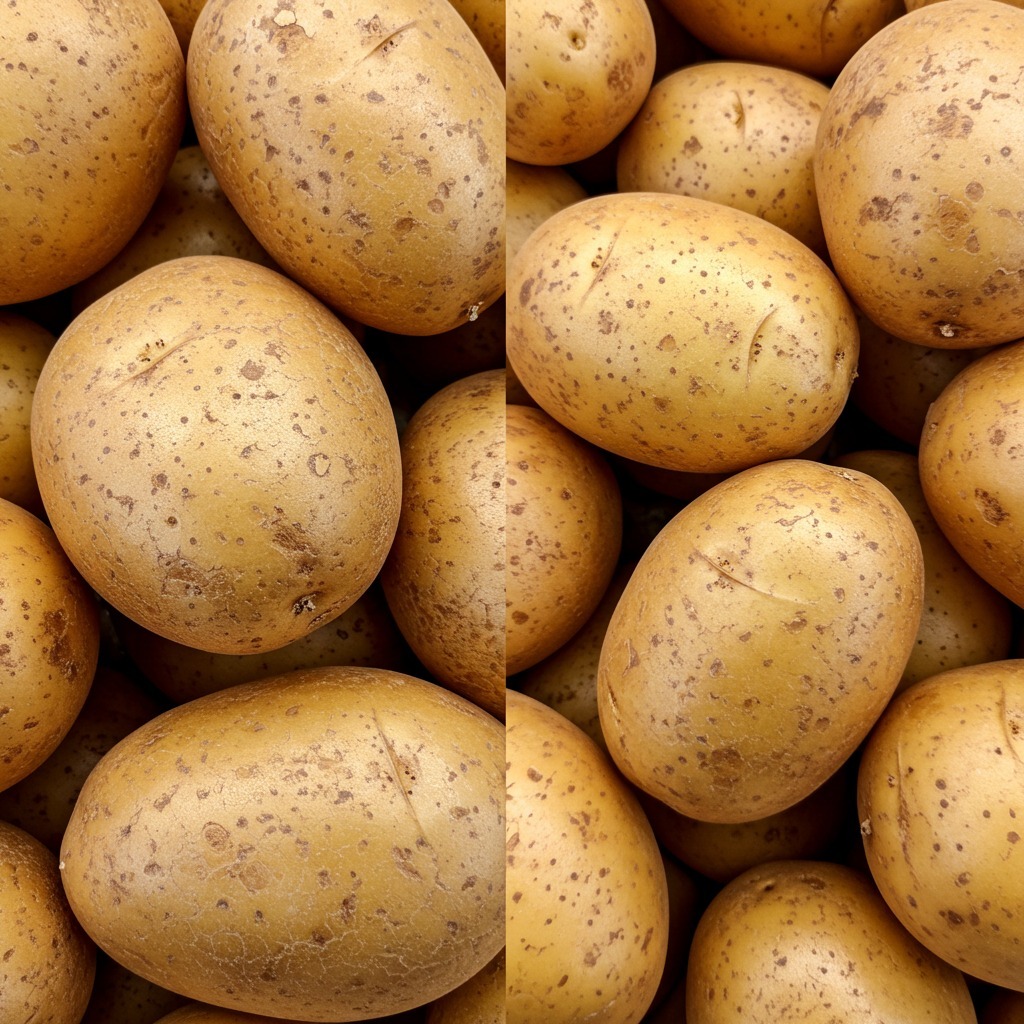ADVERTISEMENT
What is JADAM Liquid Fertilizer (JLF)?
JADAM Liquid Fertilizer is a fermented plant juice or microbial solution made from readily available materials such as plant matter, animal waste, and sometimes food scraps. The process encourages microbial fermentation, breaking down organic material into nutrients plants can easily absorb.
JLF is:
- Cost-effective (most ingredients are locally available or free)
- Natural and organic
- Rich in beneficial microbes
- Customizable to crop needs and growing stages
Why Use Potatoes and Manure?
- Potatoes: High in starch and sugars, they serve as a microbial food source, speeding up fermentation and encouraging healthy microbial colonies.
- Manure: Packed with nitrogen, phosphorus, potassium, and trace minerals. It adds essential nutrients and beneficial microbes to the mix.
Together, they create a balanced, microbially active fertilizer suitable for vegetables, grains, fruit trees, and even potted plants.
Ingredients and Tools
To make approximately 20 liters of JLF, you’ll need:
Ingredients:
- 1–2 medium-sized potatoes (around 200–300g)
- 1–2 kg of animal manure (cow, goat, chicken, or horse manure; aged is better)
- Unchlorinated water (20 liters)
- 1 handful of leaf mold soil (optional but recommended – acts as a microbial starter)
Tools:
- A 20L plastic container with a loose-fitting lid (do not seal airtight)
- A mesh or cloth for covering the container
- A wooden or plastic stirring stick
Step-by-Step Instructions
Step 1: Prepare the Potatoes
- Wash and chop the potatoes into small pieces.
- No need to cook them—the microbes thrive on raw starches.
- You can also mash them slightly to release more sugars.
Step 2: Add the Manure
- Place the manure into the 20L container.
- Break it up to ensure even fermentation.
Step 3: Add Potatoes to the Container
- Add your chopped potatoes to the manure.
Step 4: Add Water
- Fill the container with unchlorinated water (rainwater or dechlorinated tap water).
- Leave about 2–3 inches of space at the top.
Step 5: Add Leaf Mold Soil (Optional)
- A handful of forest soil (leaf mold) adds native beneficial microbes and speeds fermentation.
Step 6: Stir and Cover
- Stir the mixture thoroughly.
- Cover the container with a breathable cloth or loose-fitting lid to allow gases to escape while keeping pests out.
Step 7: Fermentation
- Let the mixture sit for 7 to 14 days, depending on temperature.
- Stir daily to promote aeration and microbial activity.
- The mixture will smell earthy or slightly strong but shouldn’t smell rotten or sulfuric.
How to Know It’s Ready
The JLF is ready when:
- The liquid has a dark brown color
- It smells fermented or earthy, not foul
- Solid materials have settled at the bottom
- Bubbles may form on the surface (a good sign of microbial activity)
How to Use JADAM Liquid Fertilizer
Dilution Rate:
- 1:20 to 1:30 ratio with water for general use
- Example: 1 liter of JLF to 20–30 liters of water
Application:
- Apply to soil or around plant roots (not directly on leaves)
- Use weekly or bi-weekly depending on crop needs
- Can be used in drip systems or watering cans
Storage and Shelf Life
- Store unused JLF in a cool, shaded area
- Keep it covered but not airtight
- Can last up to 6 months if stored properly
- Stir occasionally if storing long-term
Benefits of Using Potato-Manure JLF
- Enhances soil microbiology
- Improves nutrient availability
- Increases plant vigor and resilience
- Reduces dependency on commercial fertilizers
- Builds long-term soil fertility
-
ADVERTISEMENT
